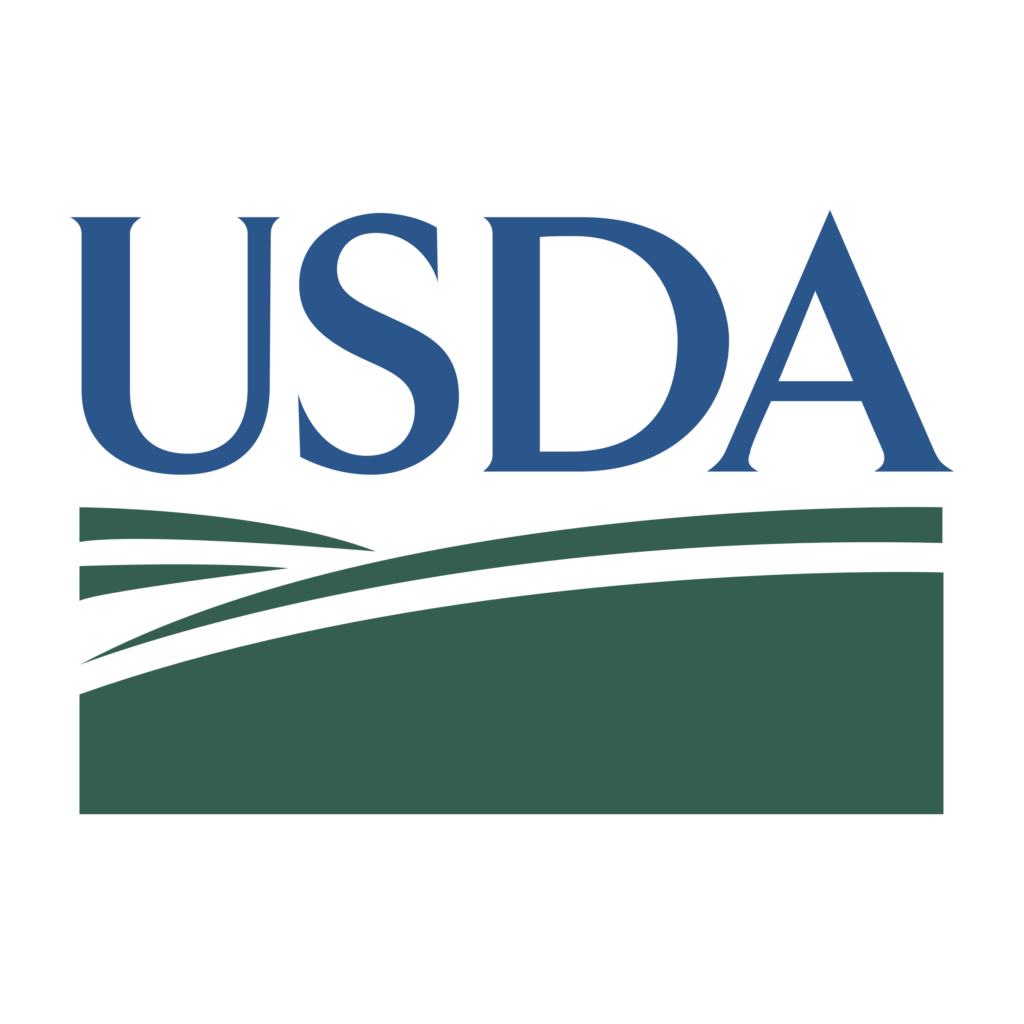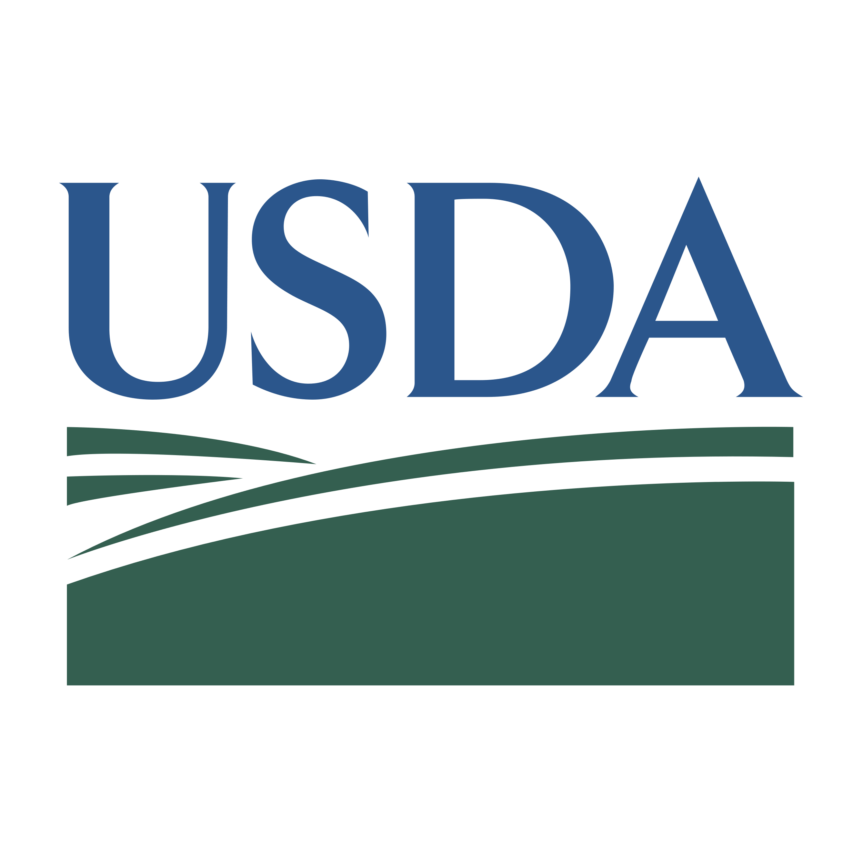WASHINGTON – The U.S Department of Agriculture (USDA) published the report this week, Intent to Establish the Greenhouse Gas Technical Assistance Provider and Third-Party Verifier Program (PDF, 248 KB), authorized under the Growing Climate Solutions Act (GCSA). The GCSA was signed into law on December 29, 2022, as part of the Consolidated Appropriations Act of 2023.

This report justifying the Secretary’s intent to establish the program follows USDA’s earlier publication of A General Assessment of the Role of Agriculture and Forestry in U.S. Carbon Markets, which found that voluntary carbon markets offer a promising tool to achieve greenhouse gas reductions from the agriculture and forest sectors and support producer livelihoods. By adopting science-based practices to reduce emissions or sequester carbon on their land, farmers, ranchers, and private landowners can access a new income stream through carbon credit sales while also combating climate change.
“Farmers, ranchers, and forest landowners are part of the solution to climate change, and they need trusted information to navigate emerging carbon market options,” said Agriculture Secretary Tom Vilsack. “This new program will provide resources for producers and landowners, helping them pursue opportunities to generate revenue while benefiting the environment. It also builds on USDA’s comprehensive approach to create value and multiple income streams for all producers and communities, including through innovative, climate-smart agricultural practices.”
The report explains how the Greenhouse Gas Technical Assistance Provider and Third-Party Verifier Program will facilitate farmer, rancher, and private forest landowner participation in voluntary carbon markets. The program will provide a list of qualified technical assistance providers and third-party verifiers who work with producers to generate carbon credits, enabling USDA to share trusted information and reduce market confusion. Under the program, USDA will also list widely accepted voluntary carbon credit protocols designed to ensure consistency, reliability, effectiveness, efficiency, and transparency.
USDA will work towards formal establishment of the program in 2024, following the release of the report and additional preparatory steps, as outlined in the authorizing legislation. As a first step, USDA will soon solicit information on protocols to be evaluated for inclusion in the list to be published as part of the program. Concurrently to seeking public input, USDA will establish the charter for the program’s advisory council and seek membership nominations in summer 2024.










